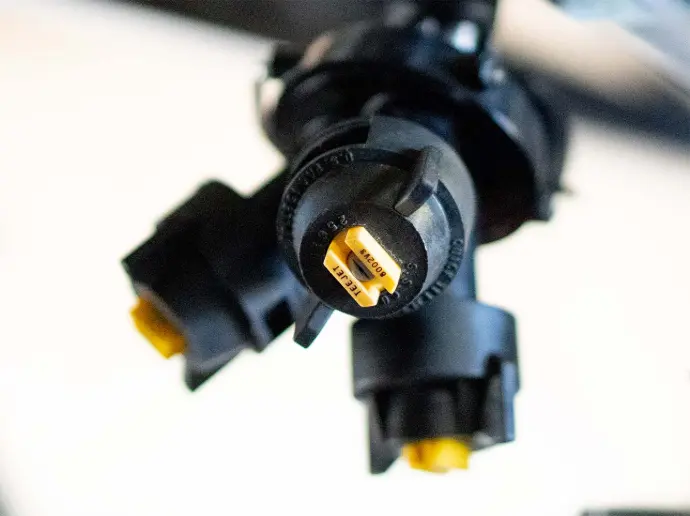Single Nozzle vs. Triple Nozzle

How Nozzle Size Impacts Sprayer Performance
Boom sprayers are vital for evenly applying pesticides, herbicides, and fertilizers in agriculture. The choice of nozzle configuration, particularly between single and triple nozzles, significantly impacts spray pattern and application efficiency, making it essential for effective pest control.
Nozzle type significantly influences spray pattern, droplet size, and application rate, affecting chemical distribution, coverage, and drift potential. Proper nozzle selection ensures uniform application, aiding in pest and disease management, while the design can enhance chemical effectiveness by promoting adherence and penetration into the crop canopy.
Which Nozzle Should You Get?
Triple nozzles are beneficial for smaller booms due to their wider spray angles, improved coverage, and reduced overlap, which enhance efficiency and minimize waste. They also adapt well to different boom heights and spacings. However, for larger booms, they may present challenges such as increased complexity, calibration difficulty, and higher costs.

Single nozzles provide advantages for larger boom widths, including simplicity, cost-effectiveness, and easy calibration. With fewer components than triple nozzles, they require less maintenance and reduce mechanical issues, making them ideal for large-scale operations. They ensure consistent coverage and minimize overlapping spray patterns, supporting their use in broad-acre applications where uniformity is essential.


Single Nozzle vs. Triple Nozzle